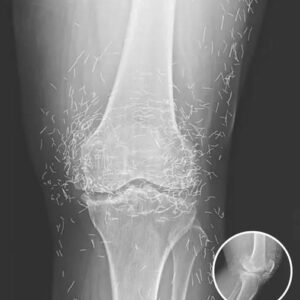If you’ve noticed a sleek, fin-shaped structure on the roof of a modern car, you’ve seen what’s called a shark fin antenna. While it may look purely decorative, this small feature is packed with technology that keeps a vehicle’s communication systems running smoothly. Not long ago, cars relied on long metal rod antennas for radio reception. Although effective, they were prone to bending, breaking, or theft, and often required retraction before entering garages or car washes. As vehicles advanced, automakers sought a compact, durable solution capable of handling multiple functions without compromising design.
This need led to the shark fin antenna. Mounted on the roof, usually near the rear, the shark fin antenna serves far more than radio. It supports:
- Radio Reception: Continues the traditional role of AM/FM signal capture.
2. GPS Connectivity: Improves navigation accuracy for mapping apps and driver-assistance systems.
3. Satellite Radio: Maintains uninterrupted service for platforms like SiriusXM.
4. Bluetooth and Wi-Fi: Enhances wireless connectivity for smartphones and in-car systems.
5. Telematics Systems: Powers emergency response, diagnostics, stolen car tracking, and remote unlocking features.
Efficiency, Durability, and Style
The aerodynamic design reduces drag, contributing slightly to fuel efficiency. Unlike rod antennas, shark fins are durable and resistant to bending, snapping, or catching on objects. Positioned on the roof, they provide optimal signal reception. Beyond function, the sleek design adds a modern, high-tech look, merging utility with aesthetic appeal.
Looking Forward
As cars adopt 5G, vehicle-to-vehicle communication, and autonomous driving, the shark fin antenna may house even more advanced components. What began as a simple metal rod has evolved into a small, unobtrusive device that keeps drivers connected, safe, and informed while enhancing a car’s modern silhouette.





